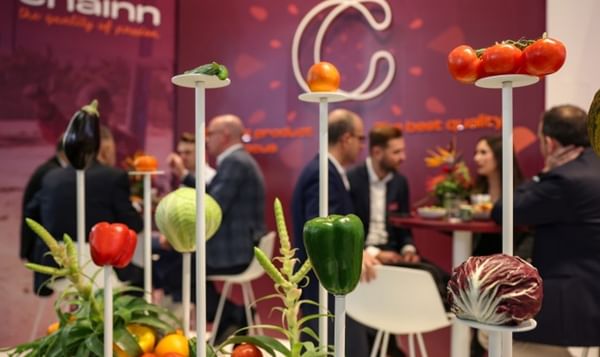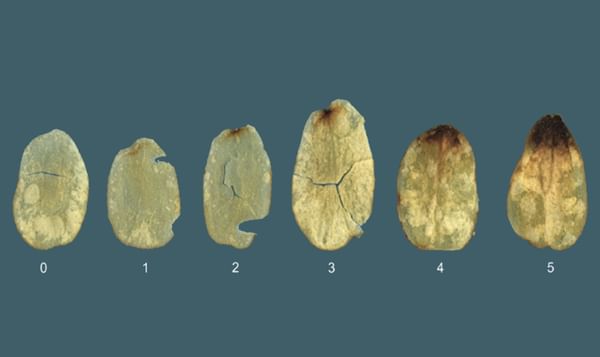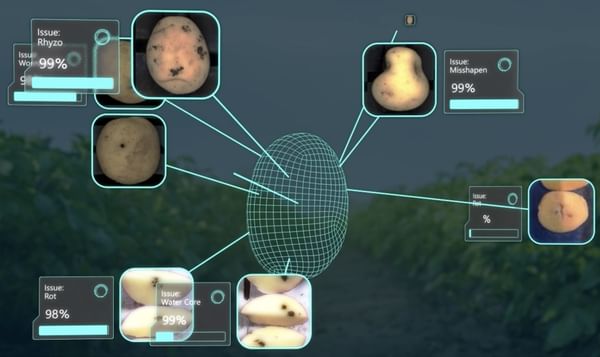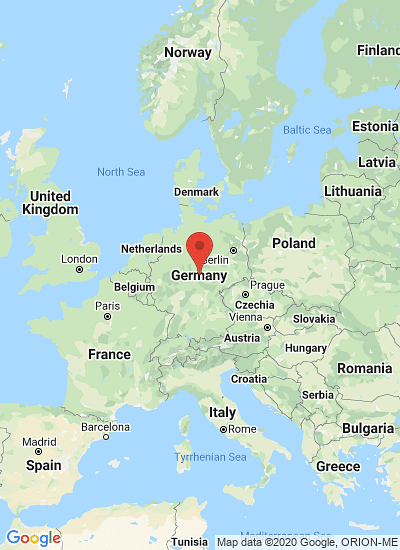Andreas Pottbäcker (shown here in the Curing room) has broken new ground by growing sweet potatoes. The tubers are marketed either to Essen-based potato wholesaler Von der Stein or to Edeka Rhein-Ruhr, in each case in the tried-and-tested Europool returnable crate.
Pottbäcker Markt- und Kartoffelhandel GmbH want to offer regional sweet potatoes all year round

Since 2017, regional sweet potatoes have been growing and thriving on the Lower Rhine potato farm Pottbäcker in Germany.
Andreas Pottbäcker:
Andreas Pottbäcker:
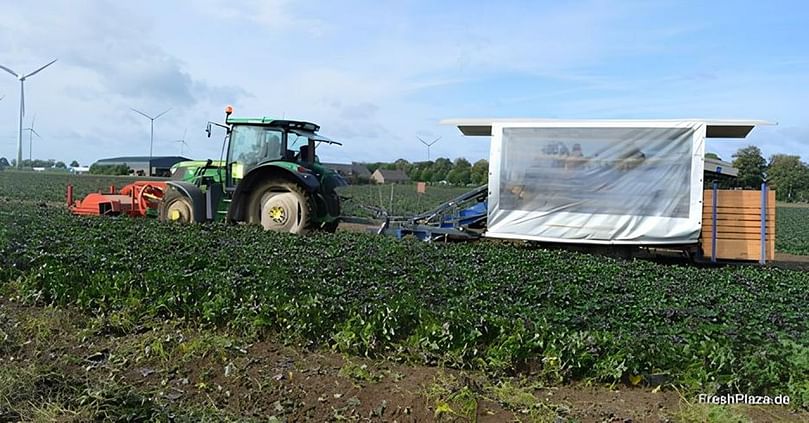 Complete utilization of the yield
Complete utilization of the yield
About 70 percent of the total harvest volume is suitable for the fresh market and finds its way to the consumer either via the wholesale partner Von der Stein in Essen or via Edeka Rhein-Ruhr.
Andreas Pottbäcker:
Producer prices are negotiated in close consultation with his two main customers.
Andreas Pottbäcker:
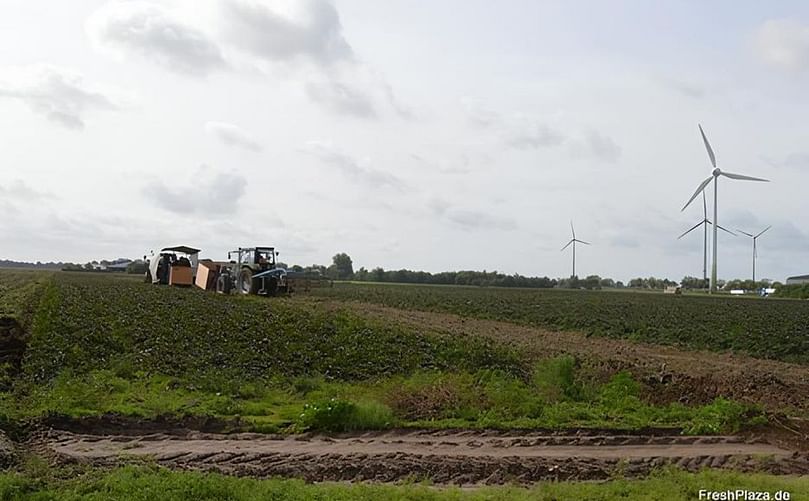 Demand is high and stable, especially in the fall and winter, although we were still able to place a lot of volume in the 22/23 marketing season, even in mid-summer.
Demand is high and stable, especially in the fall and winter, although we were still able to place a lot of volume in the 22/23 marketing season, even in mid-summer.
Speaking for my company, the farm branch has established itself well, although with respect to cultivation and post-harvest handling, there are still places that could be further optimized. For example, there are various fungal infestations that we need to manage somehow. Andreas Pottbäcker:
Andreas Pottbäcker:
"In terms of botany and production as well as preparation and post-harvest handling, the crop is incomparable to the table potato."The most important variety in the portfolio of the family-run potato farm is Bellevue. Other varieties in cultivation are Orleans, Erato and Bayou Belle, which is new this year. At the moment, the farm is busy, as tubers are harvested from early September to mid-October.
"From a marketing perspective, I think the big hype is out now that the sweet potato has quickly established itself in recent years. This is reflected, among other things, in the fact that our main customer, Edeka, runs promotions every six to eight weeks during the season."
Andreas Pottbäcker:
"From November, we then successively start the new marketing season. In the past season, there was a certain reluctance to buy on the part of consumers, which in turn led to us not marketing our last stock until August."
"Previously, we were always sold out in March/April, but this was partly due to the fact that we had grown less in previous years. Nevertheless, it was also a good opportunity for the sweet potato producer to test the shelf life of his products. Ultimately, we want to offer regional sweet potatoes all year round at some point."

An old flower bulb harvester was quickly converted into a sweet potato harvester.
About 70 percent of the total harvest volume is suitable for the fresh market and finds its way to the consumer either via the wholesale partner Von der Stein in Essen or via Edeka Rhein-Ruhr.
Andreas Pottbäcker:
"The rest is not marketable as packaged goods, but finds utilization in other sales channels. The jumbo sizes, for example, go to Bauer Funken, while the small-caliber goods are packaged in 500g trays for Picnic."'Completely different market structure'
"A portion is processed into sweet potato chips by a partner and a neighboring farm takes another quantity from us for liquor processing. So the bottom line is that only a very small part of the volume remains."
Producer prices are negotiated in close consultation with his two main customers.
Andreas Pottbäcker:
"Due to the fact that we are learning and building up more know-how every year, we have been able to further reduce production costs every year so far. In general, it is a completely different market structure compared to the table potato."The dedicated farmer continues to see a lot of future potential in sweet potatoes - especially in view of the low level of self-sufficiency in Germany.

Insight into the clearing of the Bellevue variety. According to Pottbäcker, the variety stands for uniform grades or bulb sizes, good shape and comparatively low effort in postharvest handling.
Speaking for my company, the farm branch has established itself well, although with respect to cultivation and post-harvest handling, there are still places that could be further optimized. For example, there are various fungal infestations that we need to manage somehow. Andreas Pottbäcker:
"Due to the fact that we are learning and building up more know-how every year, we have been able to further reduce production costs every year so far. In general, it is a completely different market structure compared to the table potato."
Like to receive news like this by email? Join and Subscribe!
Join Our Telegram Channel for regular updates!
精选企业
Sponsored Content
Sponsored Content
Sponsored Content
Sponsored Content
Sponsored Content




